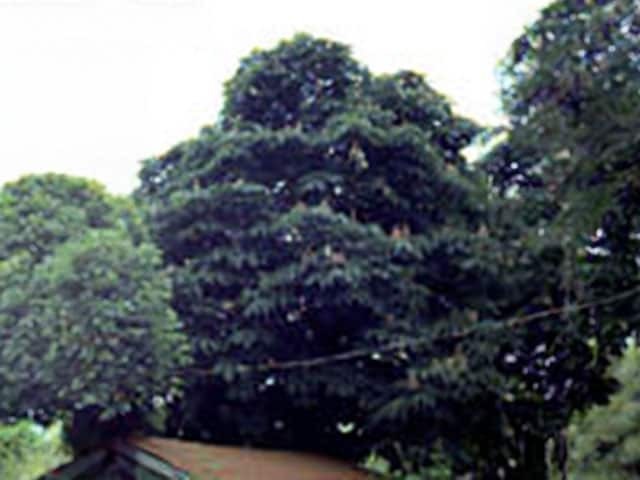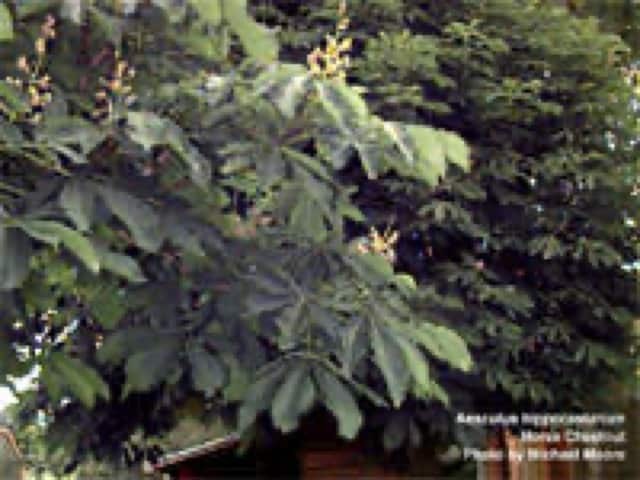Main menu
Common skin conditions

NEWS
Join DermNet PRO
Read more
Quick links
Horse chestnut — extra information
Common name: |
Horse chestnut. |
|
Botanical name: |
Aesculus hippocastanum (Hippocastanaceae) |
|
Family: |
Horse chestnuts are classified in the division Magnoliophyta, class Magnoliopsida, order Sapindales, family Hippocastanallae. |
|
Origin: |
A native of the Balkan peninsula (Greece-Albania), it is now cultivated in many countries for shade and ornament. Other members of the family are native trees and shrubs of the north temperate zones and of South America. |
|
Description: |
It can reach 30 metres tall and has striking candles of blooms in spring and early summer. Individual flowers have crumpled white petals with a yellow basal patch that changes to a dull red colour. The fruit has a leathery case covered with short prickles. The seed is used to play conkers. |
|



Uses: |
Horse chestnuts and buckeyes (a similar but often smaller North American species of the same genus) somewhat resemble true chestnuts in appearance but are edible only after careful preparation. The wood of the horse chestnut is soft and has been used for paper pulp and carpentry, woodenware, and other similar purposes. A compound derived from horse chestnut, aesculin, is a pharmaceutical agent used as an astringent and anti-inflammatory. There is an unproven belief that horse chestnut increases the strength and tone of the veins in particular, so horse chestnut extract is often used to treat phlebitis, varicose veins, and haemorrhoids. |
|
Allergens: |
||
Allergy: |
||
Cross reactions: |
||
Other information: |
||
Patch test: |
Leaf, as is. |
|
References
- Botanical Dermatology Database.
- Comaish JS, Kersey PJ. Contact dermatitis to extract of horse chestnut (esculin). Contact Dermatitis. 1980 Jan;6(2):150-1.
- Estrada JL, Gozalo F, Cecchini C, Casquete E. Contact urticaria from hops (Humulus lupulus) in a patient with previous urticaria-angioedema from peanut, chestnut and banana. Contact Dermatitis. 2002 Feb;46(2):127.
- Jaspersen-Schib R, Theus L, Guirguis-Oeschger M, Gossweiler B, Meier-Abt PJ. [Serious plant poisonings in Switzerland 1966-1994. Case analysis from the Swiss Toxicology Information Center] Schweiz Med Wochenschr. 1996 Jun 22;126(25):1085-98. German.
- Lovell CR.1993, Plants and the Skin, Blackwell, Oxford.
- Mitchell JC, Rook A, 1979, Botanical Dermatology, Plants and Plant products injurious to the skin, Greengrass, Vancouver.
- Popp W, Horak F, Jager S, Reiser K, Wagner C, Zwick H. Horse chestnut (Aesculus hippocastanum) pollen: a frequent cause of allergic sensitization in urban children. Allergy. 1992 Aug;47(4 Pt 2):380-3.
Other websites
- Horse Chestnut – MedlinePlus
